Recreating 18th century embroidery – Q&A with Kate Barlow
, 12 Chwefror 2019
The early 18th century court mantua from Tredegar House is perhaps the most well-known dress in the collection of Amgueddfa Cymru. Donated to the Museum in 1923 by Lord Tredegar, the mantua is currently on show in the Wales is… gallery at St Fagans.
Last year, we commissioned Kate Barlow – a maker and needlework teacher, originally from Mold – to replicate a motif from mantua’s heavily embroidered petticoat. This beautifully crafted tactile piece is now on display alongside the dress in the gallery. Here, Kate explains how she went about replicating the motif, and how she became a professional embroiderer.
Can you tell me how you got into embroidery?
From a very early age, I always loved to draw and paint and make things. My Nan was the kind of lady who could do all kinds of crafty things and she taught me to sew and to do embroidery. I went on to study Theatre Design at the Royal Welsh College of Music and Drama, and specialised in costume. I worked for a few years as a freelance costume maker and then joined the wardrobe department at the Welsh National Opera. I stayed with WNO for nearly eight years and loved my job very much, but I missed being creative. I decided to take the plunge and re-train as a professional embroiderer and tutor at the Royal School of Needlework at Hampton Court Palace. After three years of intensive training, I graduated with distinction in 2016 and haven’t looked back since.
How did you go about replicating the motif from the mantua – what were the steps/processes involved?
I chose a motif from the original mantua that would make sense on its own and work well as a stand-alone piece. I then chose threads and wires that replicated the originals as closely as possible, and sourced a teal coloured silk satin as the ground fabric.
To transfer the motif to the silk, the design was drawn onto tracing paper and tiny holes were pricked along the lines with a needle to create the ‘pricking’. The tracing paper was then pinned to the silk which had been laced into an embroidery frame. Pounce powder made from ground charcoal and cuttlefish bone was rubbed through the holes of the pricking and the paper removed. Excess pounce was blown away and the dotted lines were painted over using watercolour paint, a fine paintbrush and a very steady hand! Once the painted lines are dry the stitching can start.
Goldwork embroidery has to be worked in a certain order, with any padding being done first. Then the check thread and smooth passing threads are couched down, any loose ends are ‘plunged’ through to the back of the work and stitched down. The cutwork is always stitched last as it is quite fragile. Wire check and smooth purl resemble tiny springs and are made from very fine wires. These can be cut to the right lengths and stitched down in the same way as a bead. The thread used to stitch the goldwork down is always run through beeswax to protect and strengthen it. Goldwork threads, particularly cutwork, can be quite sharp and can damage the sewing thread. The beeswax helps to prevent this.
How long did it take you from start to finish?
From choosing the motif to taking the final stitches, the whole process took over 15 hours.
Do you have any thoughts on the design and skill level of the embroidery on the mantua?
The mantua is made from silk damask which would have been costly on its own, but the amount of metal thread embroidery would have made it a very expensive purchase when new. The mantua would definitely have made a statement when it was worn, the embroidery would have truly sparkled, especially in candlelight. The embroidery would have been done by an experienced craftsman. Working with metal threads is very different from other embroidery techniques and requires a great deal of skill.
Do you have a favourite embroidery technique or a favourite period in embroidery history?
I don’t really have a favourite embroidery technique, but I really like the effects that can be created with blackwork. Black threads on white linen can look stunning. I’m bit of a magpie and love anything that sparkles. I like using goldwork techniques with coloured metal threads and wires. I also love the stumpwork that was stitched in the late 1600s and early 1700s. The level of detail, the fineness of the stitching, the figures and motifs are all fascinating. The skill involved can be exceptional, particularly when there was no artificial light to help.
What does embroidery give to you? How does it make you feel?
There are endless possibilities with embroidery. Beautiful things can be created with just a needle and thread. There are so many different techniques, I feel like there is always something new to learn and always room for improvement. I really enjoy recreating historical embroidery. Most of the techniques and tools used in hand embroidery haven’t changed much in hundreds of years and stitching period designs gives a little window into the lives of stitchers past.

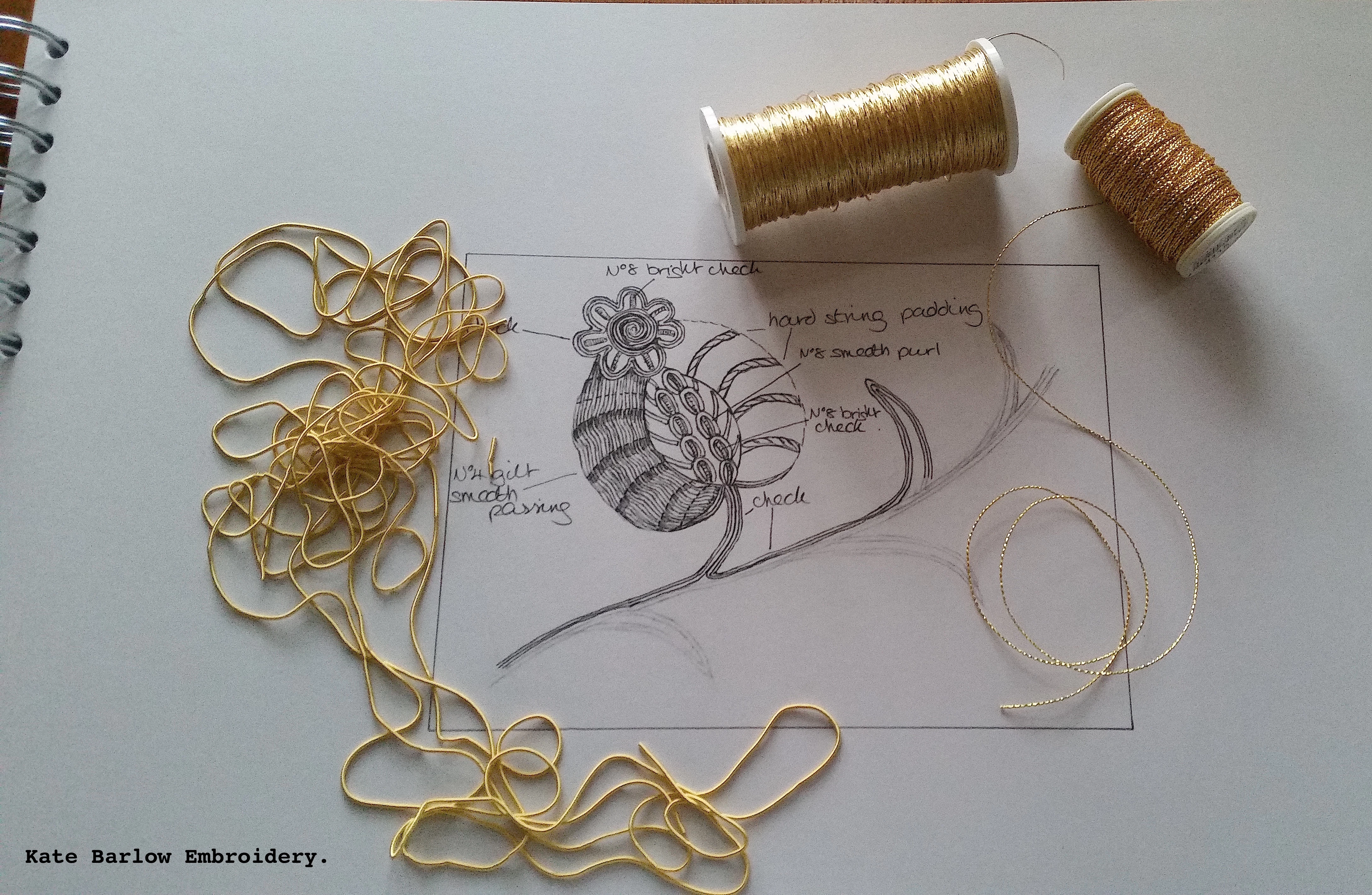
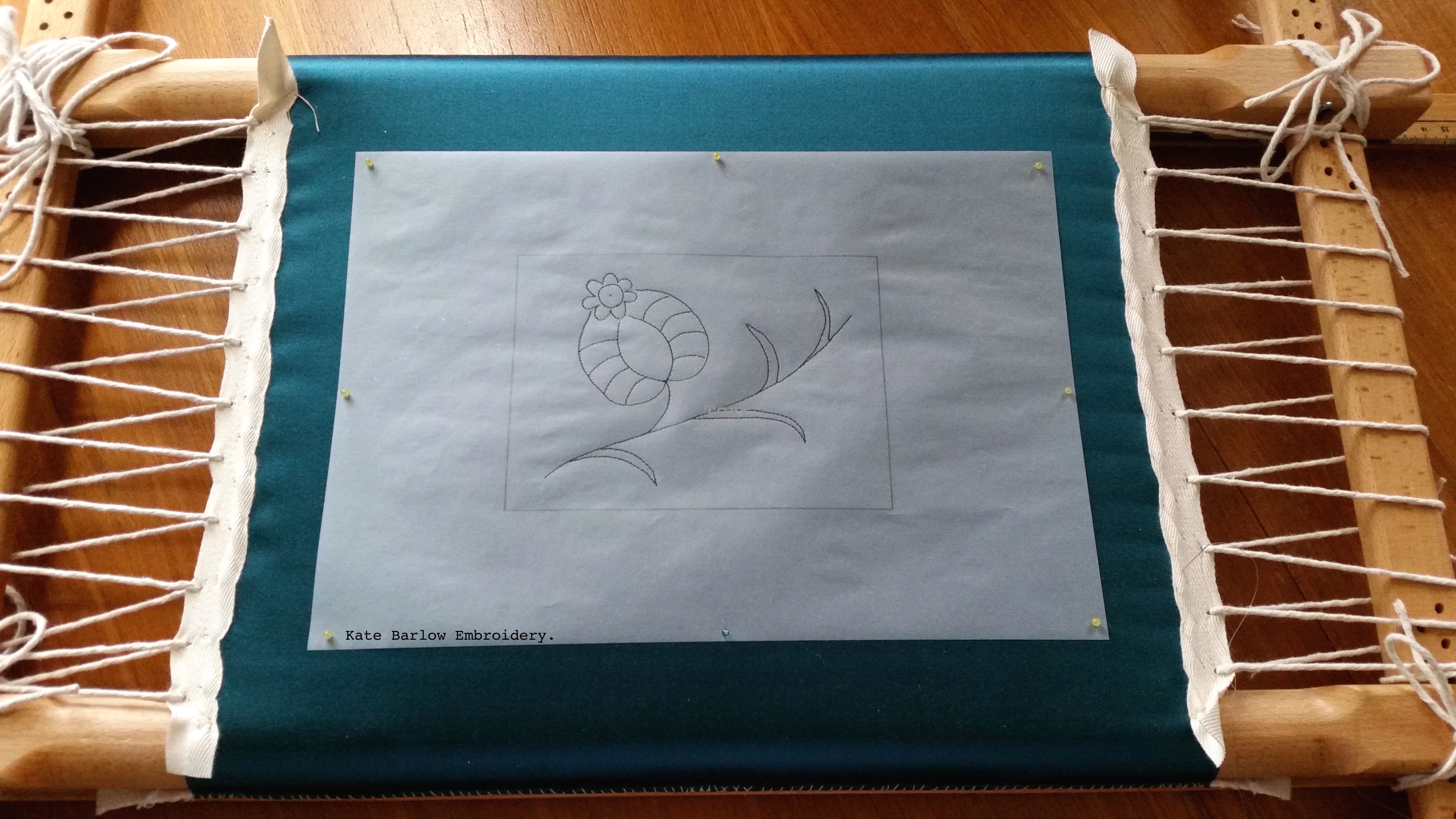
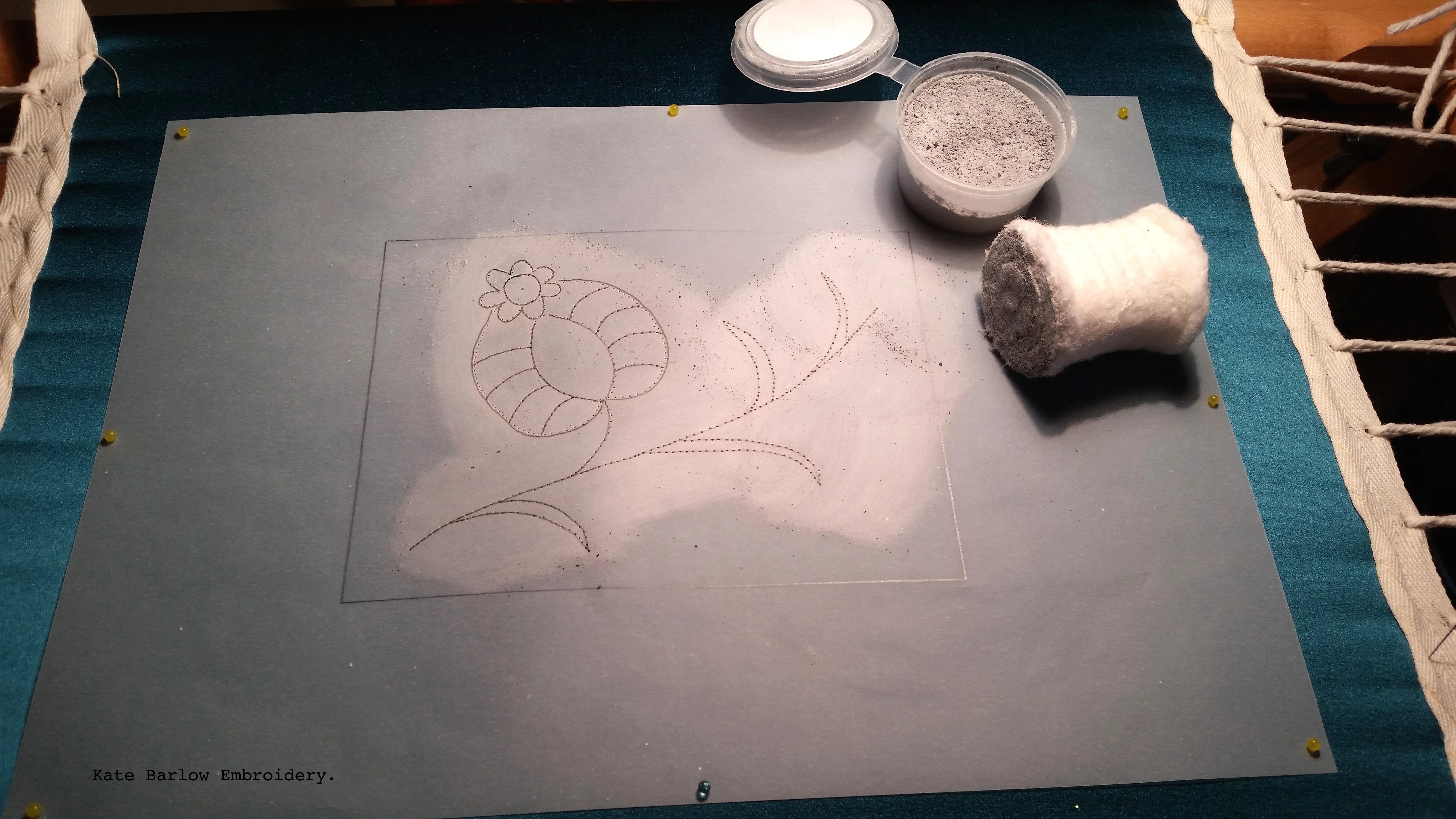
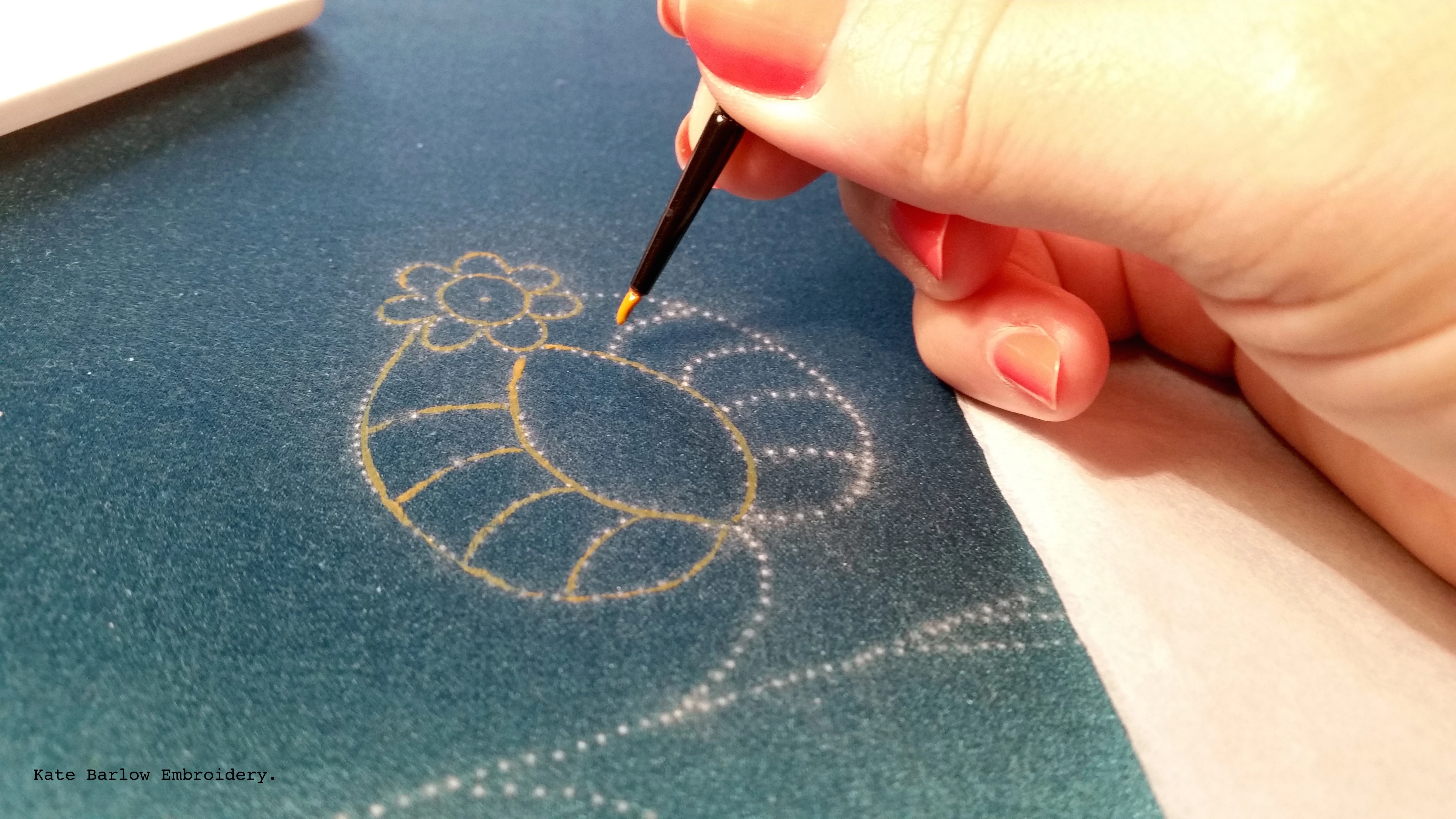
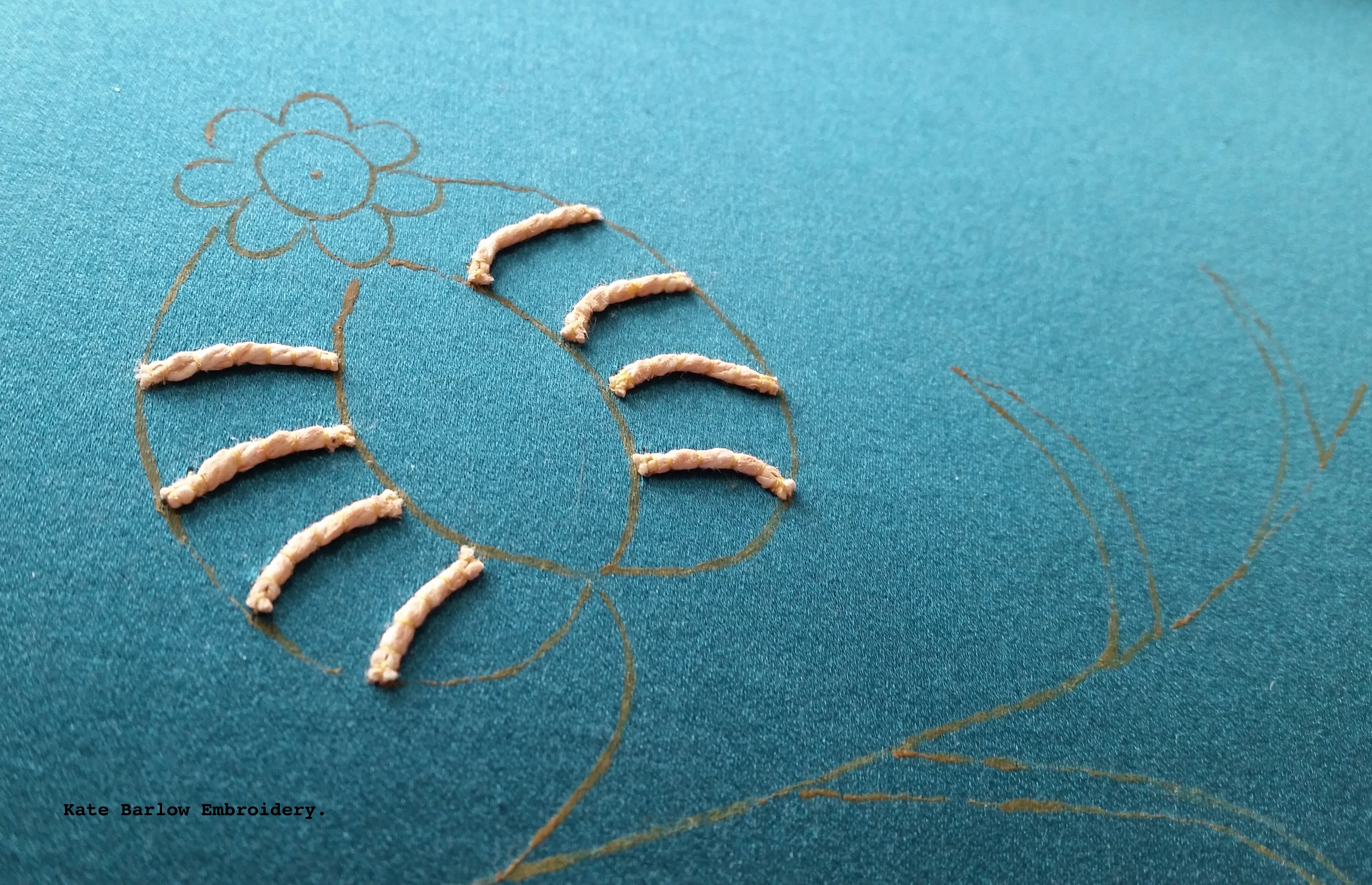
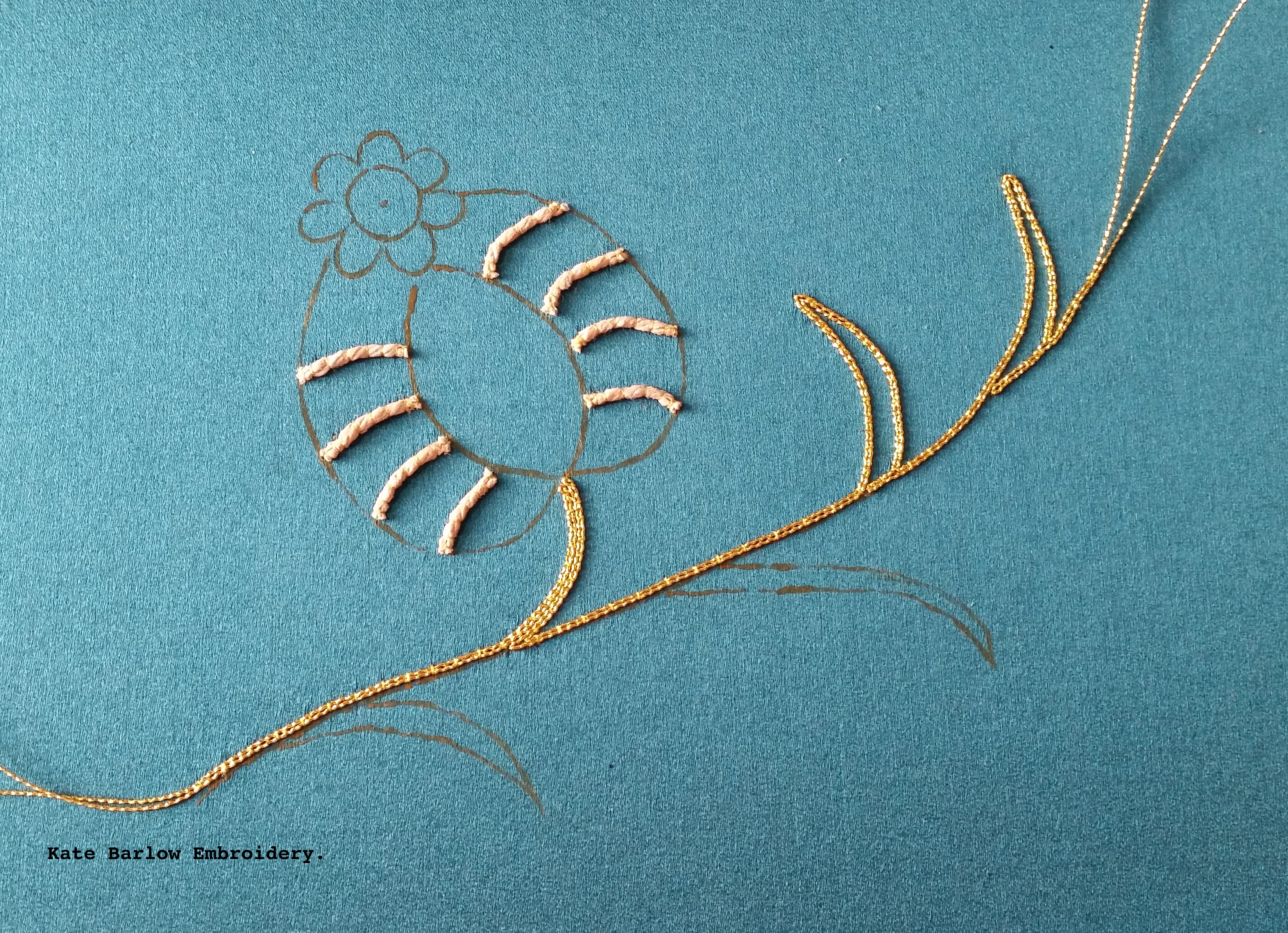
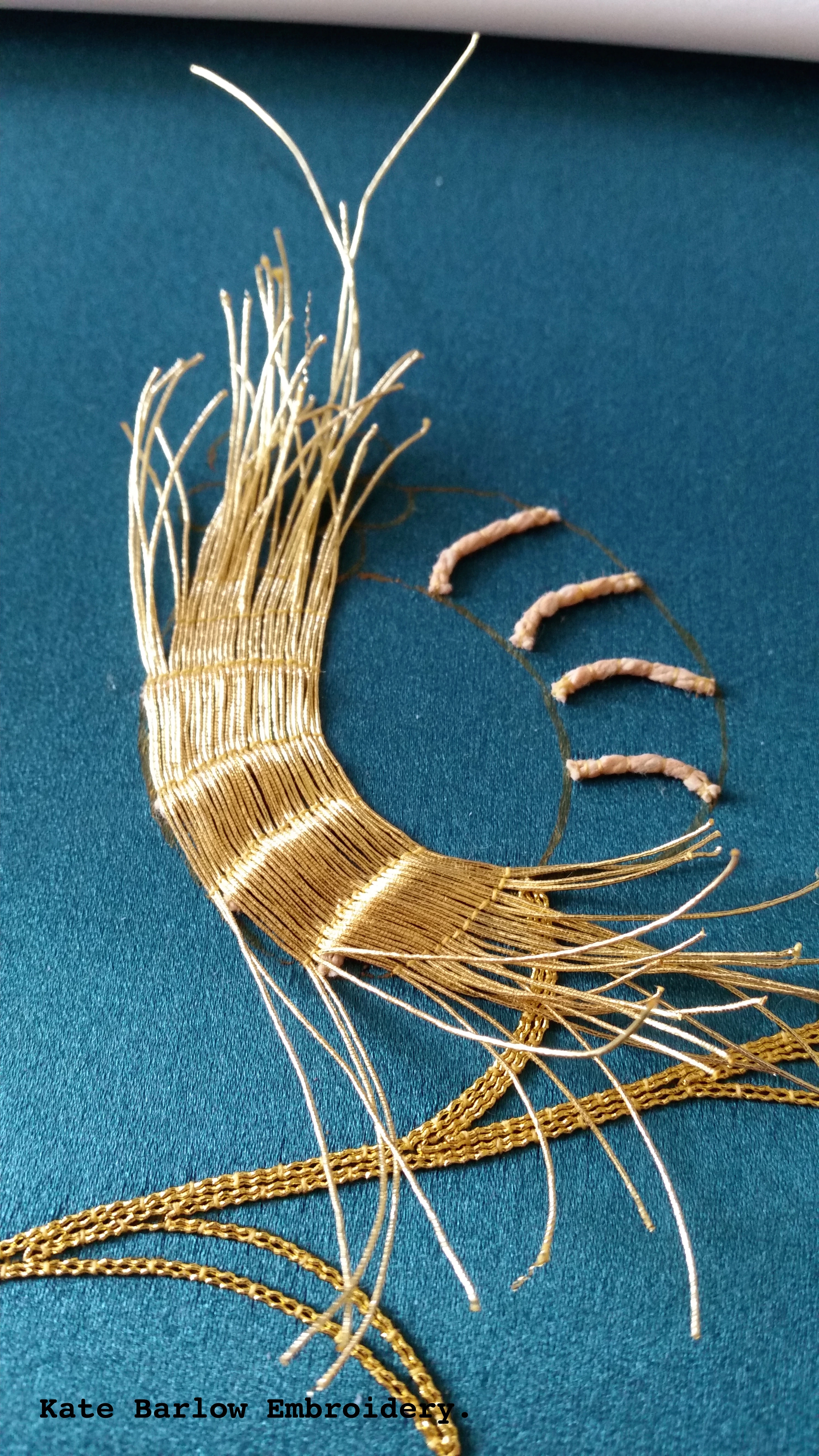



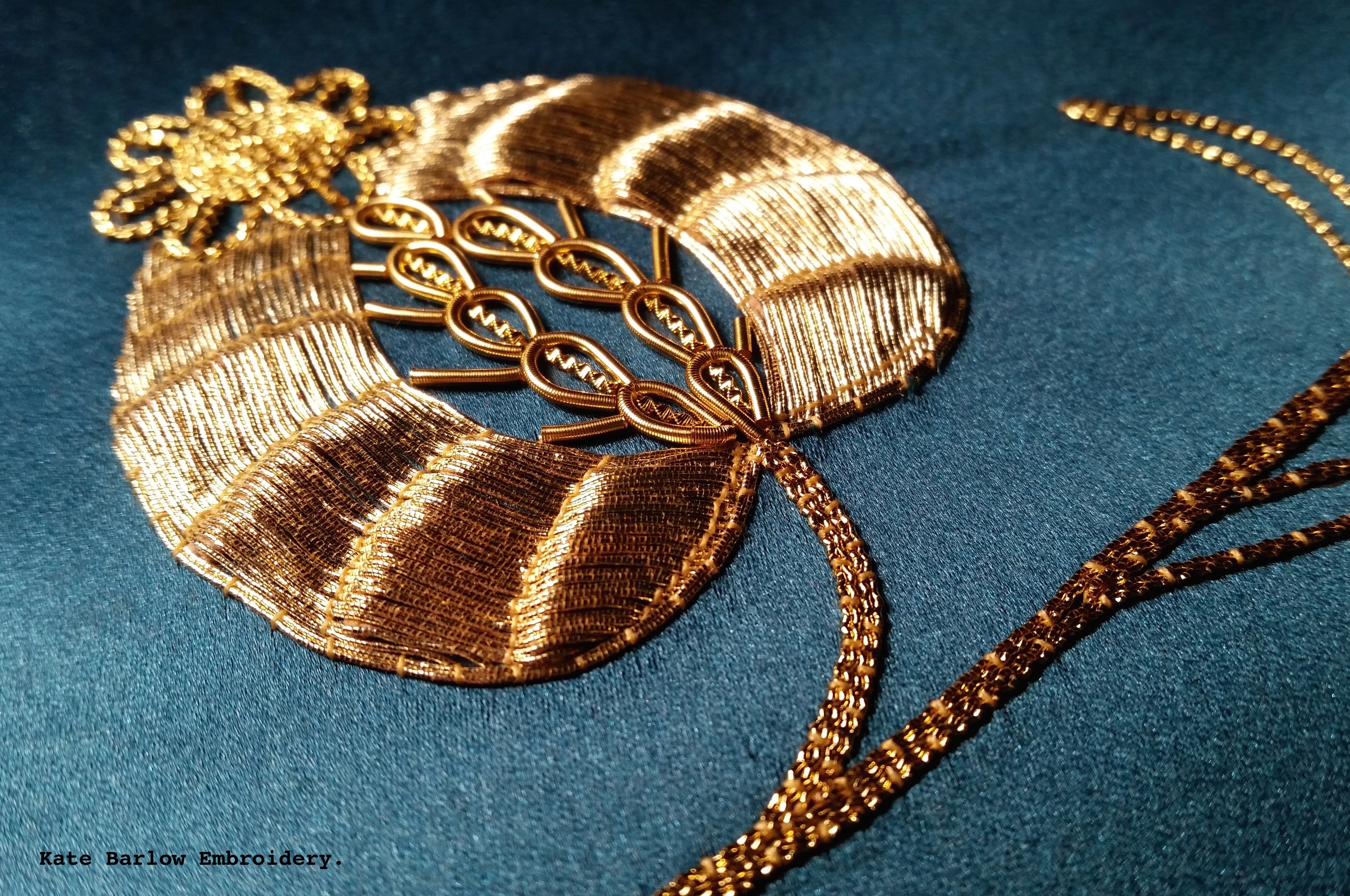
sylw - (2)